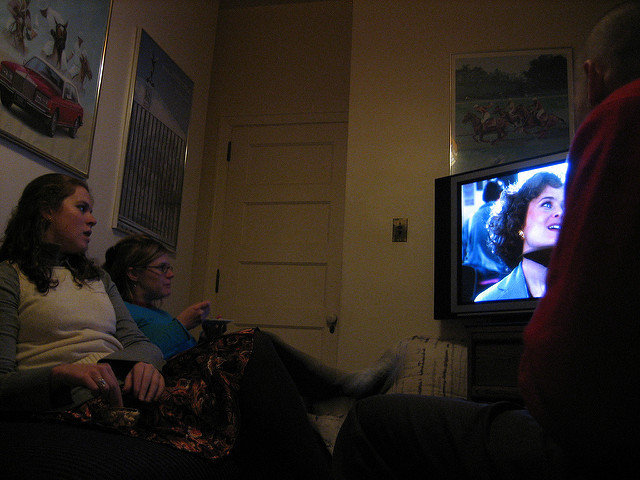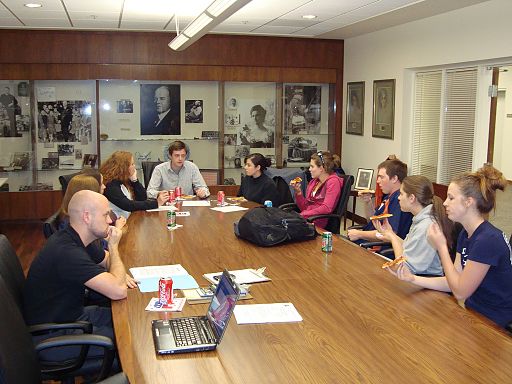 My Twitter account is just getting started. Follow me here!
My Twitter account is just getting started. Follow me here!   |
Hillary AD-vantage gone, Trump on the march
Trump has three advantages that are just kicking in that each could give Trump a lasting bump that can put him over the top. If they all materialize, it is hard to see how Trump loses. (1) King NeverTrump Surrenders Ted Cruz endorsed Trump when the race was already tied. Cruz had a hardcore following around the country, and his steadfast opposition no doubt persuaded some of his supporters to also withhold support. It will not persuade the establishment holdouts to change their minds, but they really just don't seem to matter much this time around. Hillary has already consolidated the support of her fellow Democratic pols. This change of heart for Ted Cruz can only help Donald Trump and likely will. (2) Low debate expectations, courtesy of Hillary's disqualify Trump strategy Usually the opposing campaigns attempt to lower expectations for their candidates in debates. This time around, nothing either campaign says will matter. The expectations for the debate were set by Hillary's strategy of attempting to disqualify Trump early on. By utterly ridiculing Trump as a sexist, racist know-nothing, and failing to actually disqualify Trump in enough voters' minds, Hillary has handed Trump the victory in the debate expectations game. Trump has made this race a tie with half the country thinking he is unqualified. If he performs just up to an average level in the debates, at least some voters who had previously disqualified him in their minds will open up to voting for him. He only needs a few voters to change their minds, and he may not even need any, so this really presents a problem for Hillary. How can she possibly further disqualify him more than she already has? She will spend more money attacking him, but everyone in battleground states has heard it all, which brings us to the last, and most substantial, advantage Trump now possesses. (3) Hillary Ad-vantage gone Perhaps no advantage is more stark than Trump's new advertising advantage. Because Trump has essentially not played in any substantial way in advertising in the general election and still managed to make it a tie, his new spending should give Trump a durable lead in critical battlegrounds. The two groups who could guarantee a Trump victory are millennials and minorities. If these groups do not turn out in big numbers for Hillary, she will lose. She is currently struggling to motivate these groups, but if she was ever going to motivate them, it should have already happened. Hillary has already had her uncontested crack at millennials and minorities on television, and the best she could manage was a tie. Now Donald Trump will even the playing field in the ad dollars battle, and that should put him ahead. Trump has an easily accessible, previously unexploited, target rich environment laying right in front of him that he will hit hard for the next six weeks. Trump only has to make himself slightly more palatable to these groups and either keep Hillary where she is or bring her down a notch in the eyes of these groups. For Hillary, this is a big problem, one that will be difficult to overcome. Through September, according to CBS, Secretary Clinton has spent $109.4 million on television advertising compared to Trump's $18.7 million. For two months, Clinton was advertising while Trump did not. Despite the six-to-one advantage in ad spending and eight-week head start, the two candidates find themselves in a dead heat nationally and in the battlegrounds. As she herself said, Hillary should be way ahead with her primary voting groups, but she isn't.
Now the Trump campaign has announced that it will spend $140 million on ads over the next six weeks until election day. $100 million of this money will target television with the remaining $40 million targeting a digital audience through Facebook, Instagram, Snapchat, Twitter and email.
|
Trump has an easily accessible, previously unexploited, target rich environment laying right in front of him . . . Millennials and minorities are not embracing Hillary Clinton in the numbers she needs. Trump has a golden advertising opportunity to pick up support in these groups, or at least further diminish enthusiasm for Hillary. This represents a major shift in the daily political media environment for voters in battleground states. The operative question, will it make a difference? First, let's look at TV ads. Some have argued that millennials do not watch much TV, so TV ads won't reach them. That is false. Nearly everyone watches some television, but it is true that millennials watch less than do their fellow older Americans. Younger millennials watch only sixteen hours of television per week. Older millennials watch about twenty-three hours of television per week. As a group, millennials watch fewer hours of television than everyone else. Gen X watches thirty-two hours and people fifty and older watch between forty-four and fifty-one hours of television per week. So we see that millennials watch about half as much television (16-23 hours/week) as do older Americans (32-51 hours/week). When we consider also that millennials are much more likely to use DVRs and fast forward commercials, then the opportunities to reach them through television become scant. But, as it turns out, this assumption would be mistaken. Millennials, in counterintuitive fashion, actually use DVRs far less than older Americans. Younger millennials fast forward through commercials, if they even have them, far less than older Americans. They spend 82% of their TV time watching live, more than older Americans. They see more live content because they prefer on-demand content and also watch more events that are generally watched live like sporting events or reality shows. In addition, fewer subscribe to cable/satellite and they are more diverse racially. Racial minorities in general own fewer DVRs. So while millennials watch substantially less television overall, when they do watch it they are more likely to see commercials. For example, if a twenty-four year old female watches twenty hours of TV a week and watches 80% of it live, that gives the candidates sixteen hours of programming time during a week in which to insert it's commercials. For every hour of live television, one will see about fourteen minutes of commercials. So of that sixteen hours, nearly four hours of it will be commercials. If you live in a battleground state you know that rarely does a commercial break pass without a political ad airing. If the two candidates buy up twenty percent of the advertising, splitting it evenly, that gives each candidate twenty-four minutes a week to appeal to these voters. Hillary has been reaching these people uninterrupted for the last three months and millennials are not responding in the numbers she needs. Donald Trump is just starting to target these voters. This represents a major opportunity for him to counter-program the popular culture, academic and media elites, who along with Hillary's campaign have been savaging Trump daily for months. We don't need to wonder, we know that Trump will reach these voters. If he can simply turn a few of these young and minority voters his direction, this tied race is likely to move his direction. Follow my new account on Twitter for daily updates on the election!
|


